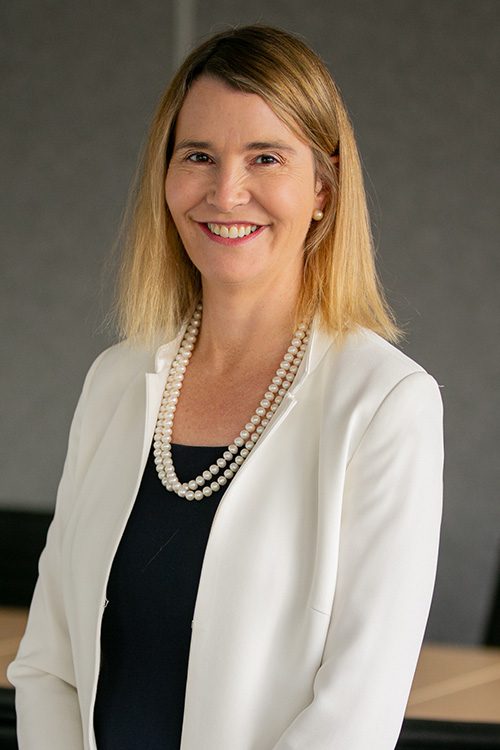Until early November, few people had heard of BWX Limited, a hair, body and skincare manufacturer based in Dandenong.
While the company’s leading brand Sukin is among Australia’s top pharmacy stocked skincare ranges, BWX remained relatively out of the spotlight, that is, until it became the most successful IPO of 2015.
BWX commenced trading on the ASX on the 11th of November, with its shares opening at $2.12. By the close of trade the same day, BWX shares were trading at $2.26 a share, a 51% premium on the initial share price offering of $1.50.
At a time when market sentiment around Australian manufacturing remains cautious at best, how did a skincare company from Dandenong defy the odds and become the year’s best performing ASX listing?
Having been fortunate enough to work with BWX during this exceptional growth period, as well as working with them on their IPO, we’ve outlined the 8 factors we believe have allowed them to outperform the market.
1. A clear growth strategy around an identified market opportunity
As consumers become increasingly aware of the potential hazards of synthetic chemicals in traditional cosmetics, the demand for cleaner, greener and more ethical skincare products has grown.
BWX’s founders identified a rising market in organic and natural beauty products as a result of this consumer demand and used it to their advantage.
Their comprehensive understanding of this growth market led BWX to strategically acquire business operations in the natural and organic segments of the beauty and personal care market in Australia.
Recognising the importance of quality, BWX set out to acquire leading brands within its segment, including Sukin which is ranked among the top five skincare brands sold in Australian pharmacies.
2. A skilled management team
BWX actively brought together a management team with skills and experience across sales, manufacturing, mergers and acquisitions and capital markets. There is no doubt that the combined skills of the team has been instrumental to the company’s capacity to deliver on its growth strategy to date.
3. A business model built for growth
The company’s vertically integrated business model is structured for growth. BWX owns the underlying Intellectual Property to the majority of the products that it manufactures. Products are then wholesaled to a distribution network, largely controlled by BWX through agency arrangements.
This vertically integrated business model enables BWX to maximise margins and quickly adapt and respond to changes in consumer tastes and trends.
4. High end, efficient manufacturing facilities located in Australia
As an Australian manufacturer, the first question everyone asks BWX is why they chose to develop a purpose-built manufacturing facility in Dandenong, rather than outsourcing the manufacturing of their products to lower cost labour countries in Asia. The answer, once understood, seems obvious. It is imperative that consumers feel confident that their products are natural and have been produced to the highest quality and safety standards.
The location of BWX’s manufacturing facilities in Australia has not precluded the company from being a low cost manufacturer. The gross margin of 59.9% forecast for FY16 is testament to the business’s focus on maximising efficiencies and reducing costs at each stage of the process, from production planning through to distribution.
5. Transitioning customers with low profitability margins
Whilst most strategy text books recommend that businesses cease servicing customers that do not adequately contribute to profitability, it’s rare to find a business with the courage to transition such a significant proportion of their revenue base.
BWX management undertook a review of each customer within the manufacturing business and chose to transition customers that did not adequately contribute to profitability. These customers often created production bottlenecks from low volume orders and additional administrative and financial burdens. Whilst the impact of this decision was lower revenue and profitability in the short term, it was a key part of BWX’s strategy to scale the business for growth and capitalise on higher margin opportunities in the market.
6. Strong relationships with advisors
It’s rare to come across a business so focused on building quality relationships with its major suppliers and advisors.
The relationship and respect that the BWX Board and management team have built overtime with their business networks was a key factor in their ability to attract the debt and equity funding needed to implement the strategy.
7. Exploiting both overseas and online growth opportunities
BWX has established export markets for the Sukin brand in New Zealand, the US, Singapore, the UK and Canada, with significant opportunities identified for its products in Asia. It has also taken advantage of the move to online shopping with an e-commerce website and is currently planning to grow its presence online considerably.
8. Commitment to the plan
The Chairman of BWX, Mr Denis Shelly, recently lamented that too often management teams become distracted by opportunities that do not clearly align with their declared strategy. The strength of Denis and his team lies in their ability to remain focused on the execution of their agreed strategic objectives.
If you’re considering listing on the stock exchange or for more information on capital raising, please contact your local William Buck advisor.



















